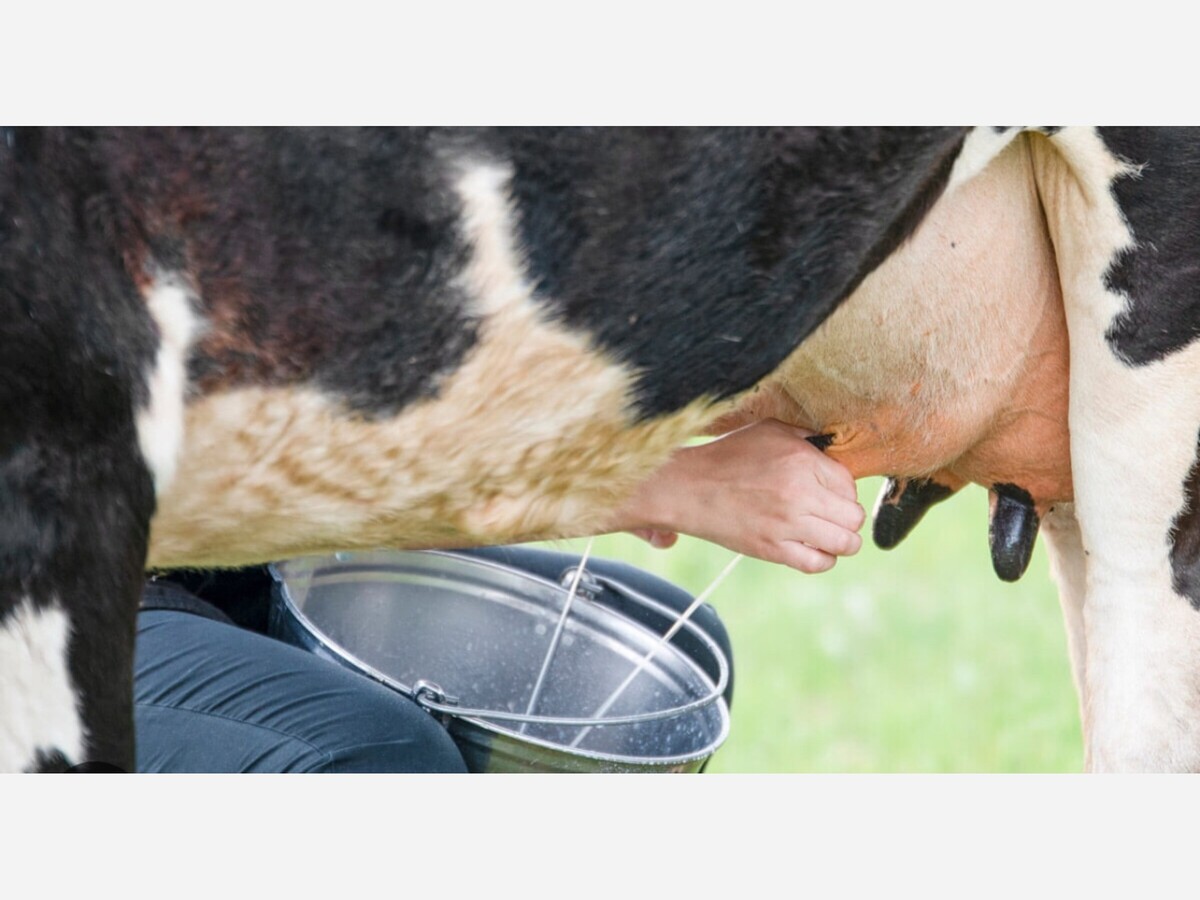Image


The U.S. Food and Drug Administration (FDA) is closely working with the U.S. Department of Agriculture (USDA) Animal and Plant Health Inspection Service (APHIS), the Centers for Disease Control and Prevention (CDC) and state partners to investigate an illness among dairy cows in multiple states that is causing decreased lactation, low appetite, and other symptoms.
As of Wednesday, April 17, the agencies confirmed the detection of highly pathogenic avian influenza (HPAI) A (H5N1) viruses in several dairy herds in Idaho, Kansas, Michigan, New Mexico, North Carolina, Ohio, South Dakota, and Texas.
HPAI viruses were detected in unpasteurized, clinical samples of milk, swabs and tissue samples collected for diagnosis of sick cattle on the dairy farms. These samples were submitted as part of an investigation into illness among primarily older dairy cows that is causing decreased lactation, low appetite, and other symptoms. However, these detections are also appearing in some younger lactating cows. Presumptive positive test results have also been received for additional herds in Idaho and Texas.
At this time, there continues to be no concern that this circumstance poses a risk to consumer health, or that it affects the safety of the interstate commercial milk supply because products are pasteurized before entering the market.
Only milk from heathy animals is authorized for distribution into interstate commerce for human consumption. Additionally, pasteurization is required for any milk entering interstate commerce. Pasteurization has continually proven to inactivate bacteria and viruses, like influenza, in milk. Milk from ill (symptomatic) animals is being diverted or destroyed so that it does not enter the human food supply. Milk loss resulting from symptomatic cattle to date is too limited to have a major impact on supply and there should be no impact on the price of milk or other dairy products. The FDA will continue to work with our partners and provide updates as necessary.
For the most up-to-date information on those detections, see: Highly Pathogenic Avian Influenza (HPAI) Detections in Livestock | USDA-APHIS.
In reporting by Web MD, David O’Connor, PhD, a virologist at the University of Wisconsin-Madison, told The New York Times that people who drink milk containing viral fragments are unlikely to get sick.
The risk of getting infected from milk that has viral fragments in it should be nil,” he told the Times. “The genetic material can’t replicate on its own.”
Bird flu is widespread in wild birds and sometimes affects commercial poultry flocks. It is being documented in more animals, with cattle being the latest addition to the list.
Earlier this year, a Texas cattle farmer was confirmed to have been infected with bird flu. His main symptom was pink eye, and he recovered.
On Tuesday, the CDC posted an update on its bird flu webpage stating that antiviral drugs were effective against the flu strain that infected the cattle farmer, and the “CDC has already made a candidate vaccine virus (CVV) that could be used to make a vaccine if needed.”